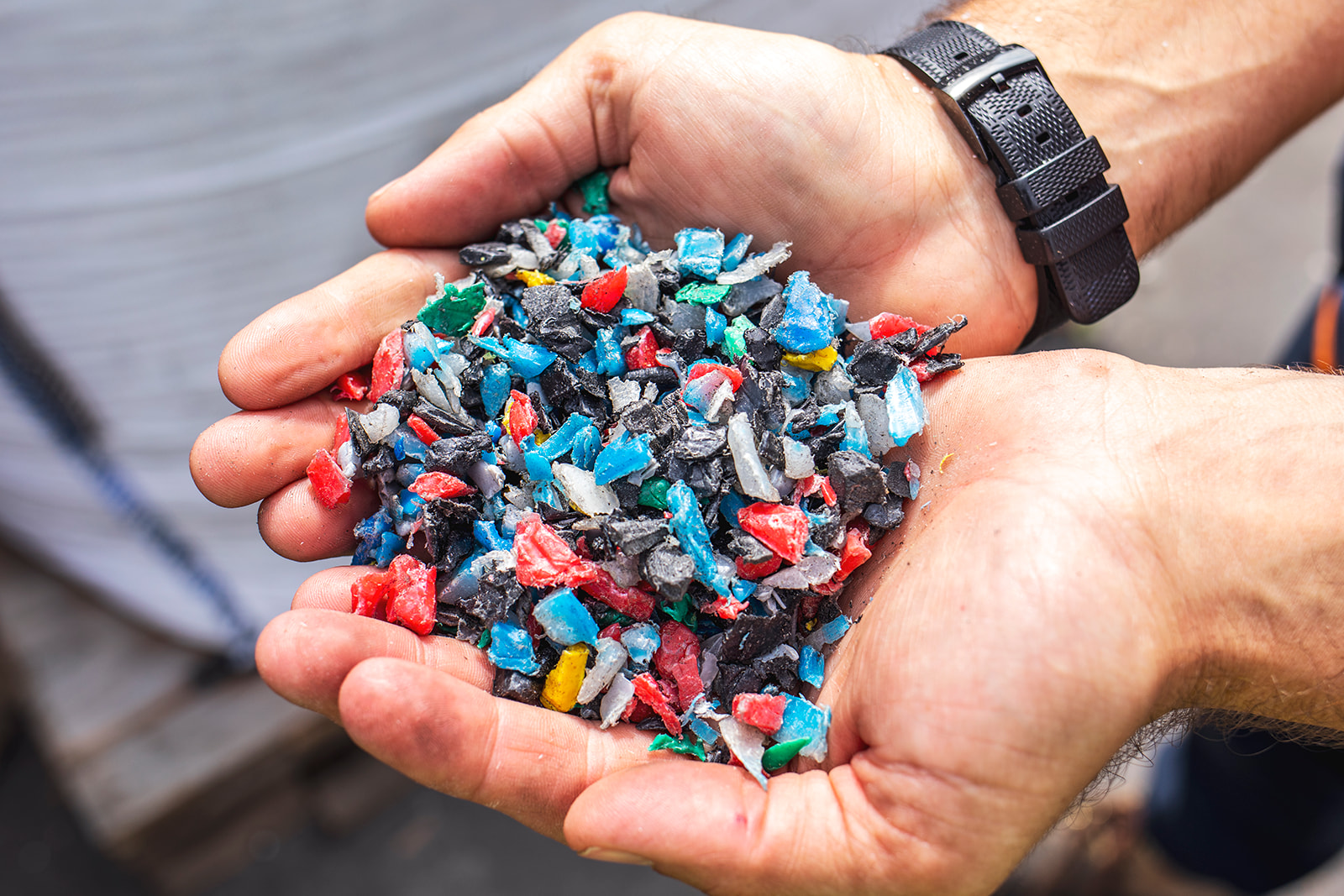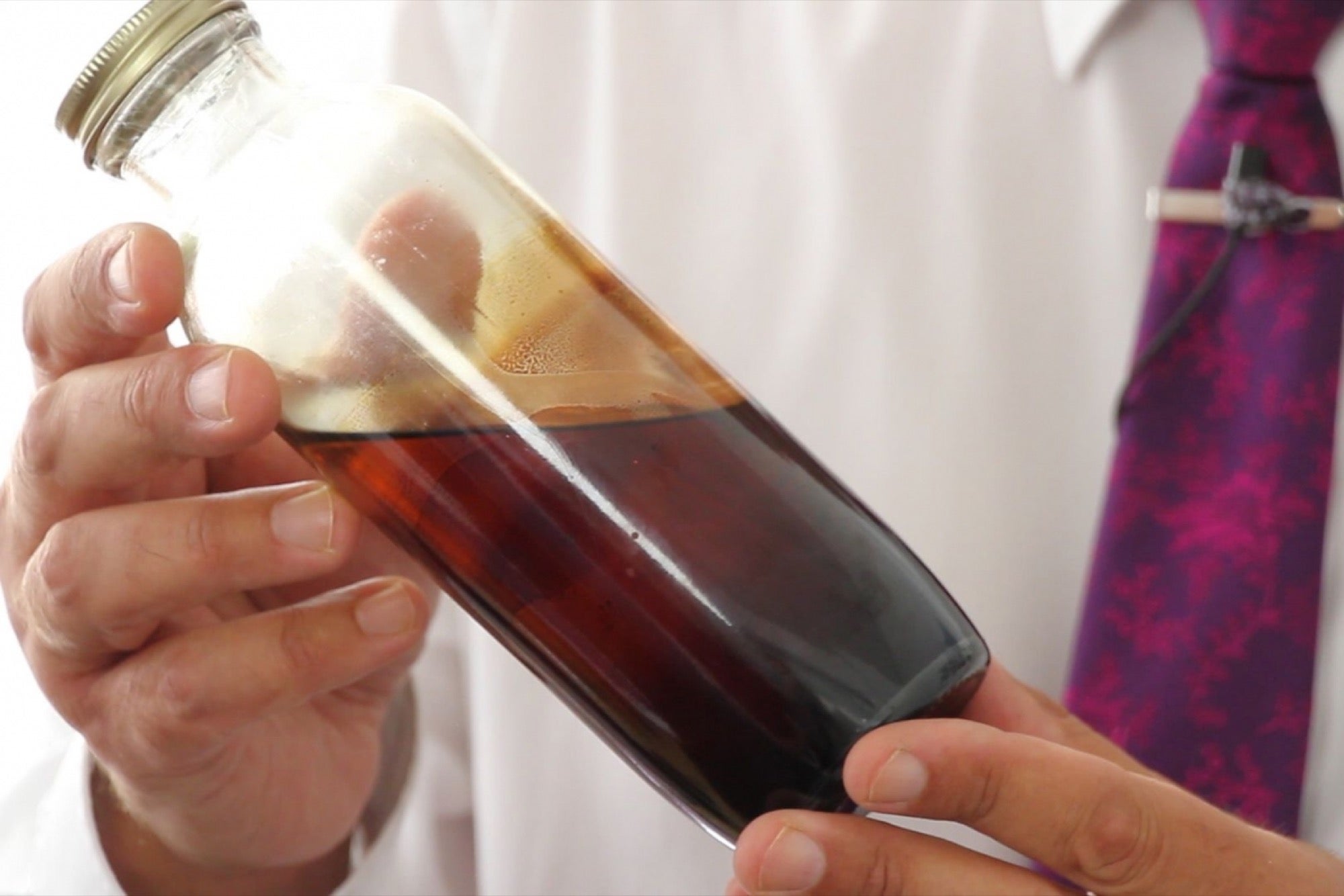Plastic waste has become one of the most pressing environmental challenges of our time. The accumulation of plastic in landfills, oceans, and ecosystems poses significant threats to wildlife, human health, and the planet as a whole. In the quest for sustainable solutions, plastic pyrolysis has emerged as a promising technology. By subjecting plastic waste to high temperatures in the absence of oxygen, pyrolysis converts it into valuable resources such as fuel, chemicals, and feedstock for various industries. This post delves into the potential of plastic pyrolysis, exploring its benefits, challenges, and future prospects.
Understanding Plastic Pyrolysis
Plastic pyrolysis is a thermochemical process that breaks down plastic polymers into smaller molecules through the application of heat. The process typically occurs at temperatures between 300 to 900 degrees Celsius, with varying durations and heating rates depending on the type of plastic and desired outputs. During pyrolysis, plastics undergo several stages, including drying, devolatilization, and decomposition, leading to the formation of gases, liquids, and solid residues. The quality of plastic pyrolysis plant is important.
Environmental Benefits of Plastic Pyrolysis
One of the primary advantages of plastic pyrolysis is its potential to address the growing problem of plastic pollution. By converting plastic waste into useful resources, pyrolysis helps reduce landfill space requirements and curbs the release of toxic substances into the environment. Moreover, pyrolysis-derived fuels can serve as an alternative to fossil fuels, reducing greenhouse gas emissions and mitigating climate change impacts.

Fuel Production through Plastic Pyrolysis
Pyrolysis produces liquid fuels known as pyrolysis oils or bio-oils, which have properties similar to conventional fossil fuels. These pyrolysis oils can be further refined to obtain gasoline, diesel, or aviation fuel. The use of these fuels not only reduces dependence on finite petroleum resources but also offers a renewable and cleaner energy option.
Chemicals and Feedstock Generation
Aside from fuels, plastic pyrolysis yields valuable chemicals and feedstock that can be used in various industries. The gases produced during pyrolysis, such as methane and ethylene, can serve as precursors for the production of plastics, resins, and other chemical compounds. Additionally, the solid residues obtained from pyrolysis, known as char or carbon black, have applications in the construction, agriculture, and manufacturing sectors. Contact some manufacturers to get the plastic to fuel machine price.

Challenges and Limitations
While plastic pyrolysis holds immense potential, it faces certain challenges and limitations. Firstly, the process requires careful sorting and preprocessing of plastic waste to remove contaminants and non-plastic materials. This step can be both labor-intensive and costly. Secondly, scaling up pyrolysis operations to handle large volumes of waste remains a significant technical and economic challenge. Additionally, the quality and consistency of pyrolysis outputs need improvement to meet industry standards and ensure market acceptance.
Future Prospects and Research
The future of plastic pyrolysis lies in technological advancements and research endeavors aimed at overcoming current limitations. Researchers are exploring catalysts and additives to improve the efficiency and product quality of pyrolysis processes. Furthermore, the integration of pyrolysis with other waste management technologies, such as mechanical recycling and waste-to-energy systems, shows promise for holistic plastic waste management solutions.
Conclusion
Plastic to oil plant offers an innovative and sustainable approach to address the mounting challenges posed by plastic waste. By converting plastic into valuable resources, such as fuels, chemicals, and feedstock, pyrolysis presents a viable alternative to traditional waste management methods. The environmental benefits, including reduced pollution and carbon emissions, make it an attractive option for achieving sustainable development goals. However, overcoming challenges related to waste sorting, scalability, and product quality remains crucial for the widespread adoption of plastic pyrolysis. Continued research and technological advancements hold the key to unlocking the full potential of this transformative solution. With concerted efforts from governments, industries, and society as a whole, plastic pyrolysis can play a significant role in creating a circular economy where waste is minimized, resources are maximized, and the environment is protected.